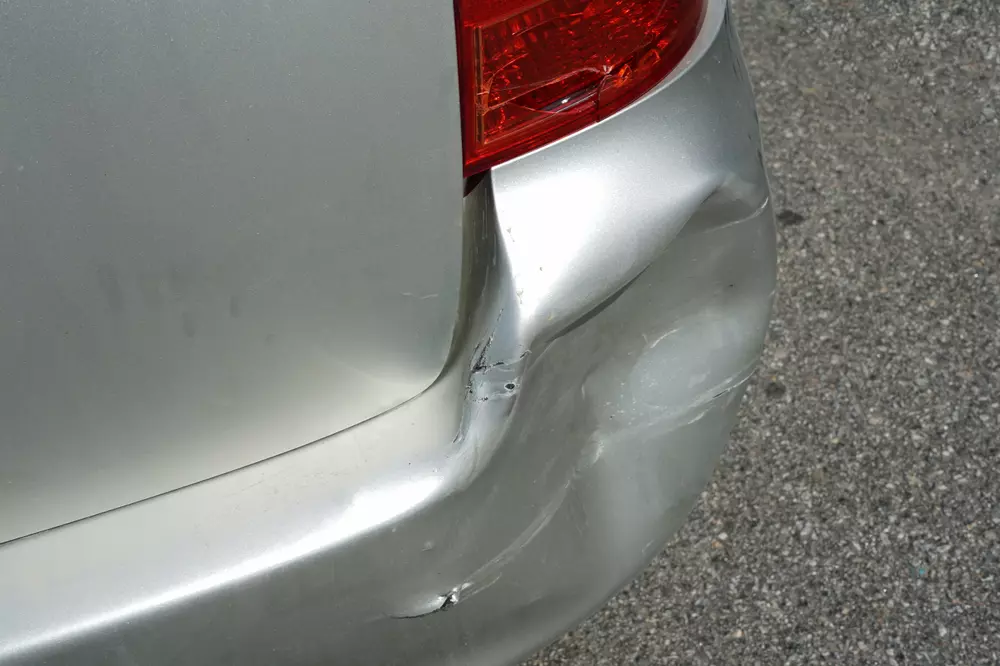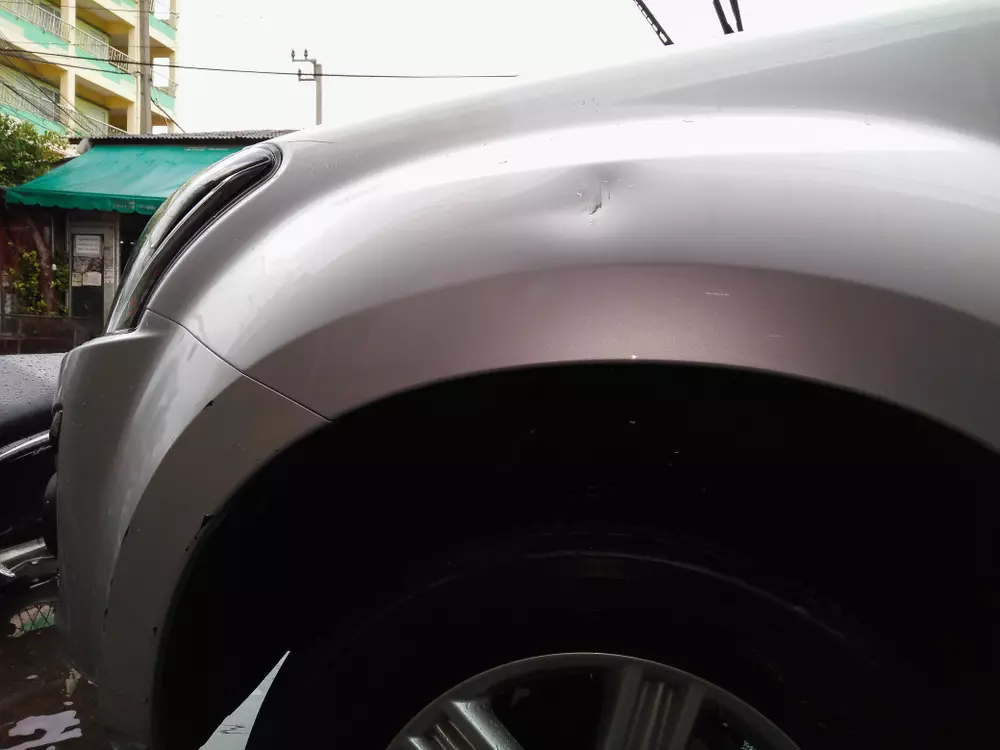
Over the years, no matter how careful you are, your car is going to collect minor parking lot dents and shopping cart dings. If you have ever had to pay a body shop to fix these seemingly insignificant blemishes, you know the bill is quite significant. But if you are handy, there is no reason you can't improve the looks of your dinged up car yourself with simple tools and elbow grease.
The temptation may be to just spread body filler over minor dents and dings, smooth it and paint, but that is seldom the right way to do it. Body filler is only meant to be used to fill and smooth the are after the metal is as close to normal as possible. If you have areas of filler 1/4 inch thick, you are doing it wrong.
Follow along as we run down a few different methods to repair minor body damage. Then, if you seek more guidance, check out our how-to articles on fixing a deep scratch, patching rust damage, or pulling dents with a stud welder.

Flexible Bumper Covers
Did you know that many minor dents in plastic bumper covers can be easily removed without damaging the paint (any more than it already is)? Because they are made of a flexible synthetic, bumper covers don't usually permanently deform the way steel or aluminum sheet metal do.
All you really need to fix them is an electric heat gun and some patience. Like most things, when you heat plastic, it softens and expands. Apply heat to the dent and the area around it, and it actually might just pop out all by itself, but if it doesn't all you have to do is reach behind with a tool or while wearing a glove, and push it out.
The plastic has a memory of its original shape and will pop back into place if given some encouragement.
Since the heat needed isn't that high, and the paint also remains flexible, if you are careful you can do it without cracking the paint or causing it to bubble up.

Fender Damage
The simple "fender bender" can actually cause quite a bit of damage, as evidenced in our dent pulling tutorial, requiring hours of bodywork, filler, and paint. But minor dents can often be fixed without all that trouble, in fact, that is the entire concept behind the paintless dent removal industry. Still, paintless dent removal, even though it is less expensive than actual collision work at a body shop, is still not cheap.
Luckily, on modern cars, it is fairly easy to get the plastic inner fender free from the wheel well, which allows a lot of access to the back of the fender. If the dent isn't minor enough to just be pushed out from the back, a small body hammer and dolly, working from the edges toward the center will often do the trick.
If space is tight, you can even hold the dolly against the back of the dent and tap around the front for much the same effect.
Door Dings
Door dings are those little dimples that happen from opening the door of your car and hitting something, or from someone hitting your car with their door in a parking lot. There are several different methods you can use, depending on where the dent is and how bad it is dented.
Removing the interior door panel is typically easy to do with just a few screws and clips holding it in place. Unlike a lot of the other body panels, more than 50% of the door can usually be reached from the back side.
Pushing against the back of the dent with a wooden broomstick will often pop the ding back out without much force in the thin metal of many modern cars.
For stubborn dents you may need to use a hammer and tap from the inside, working from the shallow part of the indentation to the deeper part. If you can't get to the back with a hammer, often you can hold a tool against the dent from the back, and tap on it from the front, and make it pop out just the same.
For dings that you can't get behind, if they are minor enough and your car's paint is in good shape, the hot glue gun method does work. The tools for this method typically come in an inexpensive kit, including the glue gun. A small pad is glued in the center of the ding with a threaded rod attached to it.
Then a metal bridge is attached, and a knob is turned that pulls up on the glue pad. If you are patient, and the paint is in good shape, this can remove many dings after five or six pulls, each one removing a little more of the indentation.
For seriously deep dings, or when all else fails, check out how easy it is to use a stud welder and slide hammer in our how-to video tutorial on YouTube. Of course, this method requires you to grind away the paint to the bare metal first, and repaint afterward.
Any of these methods, when combined with a bit of body filler, primer, and color matched touch-up paint can make it look as if there was never a ding at all. But, beware the temptation of using body filler on anything more than 1/4-inch deep.